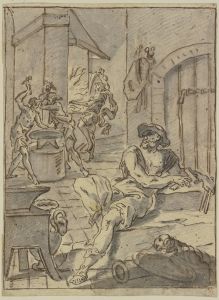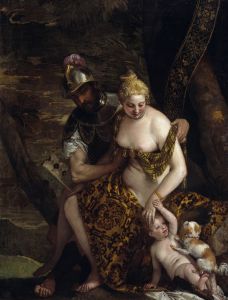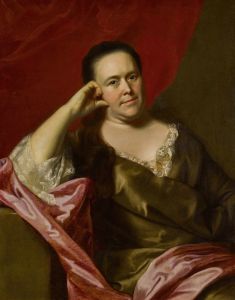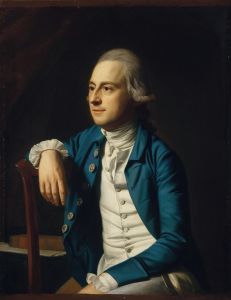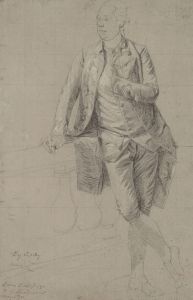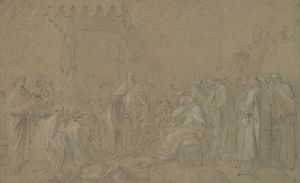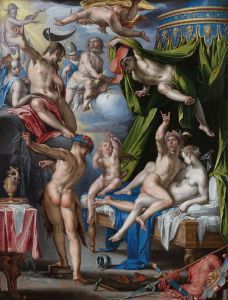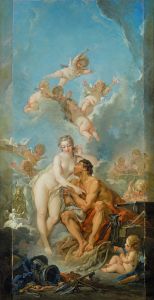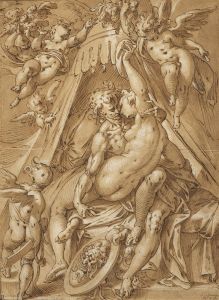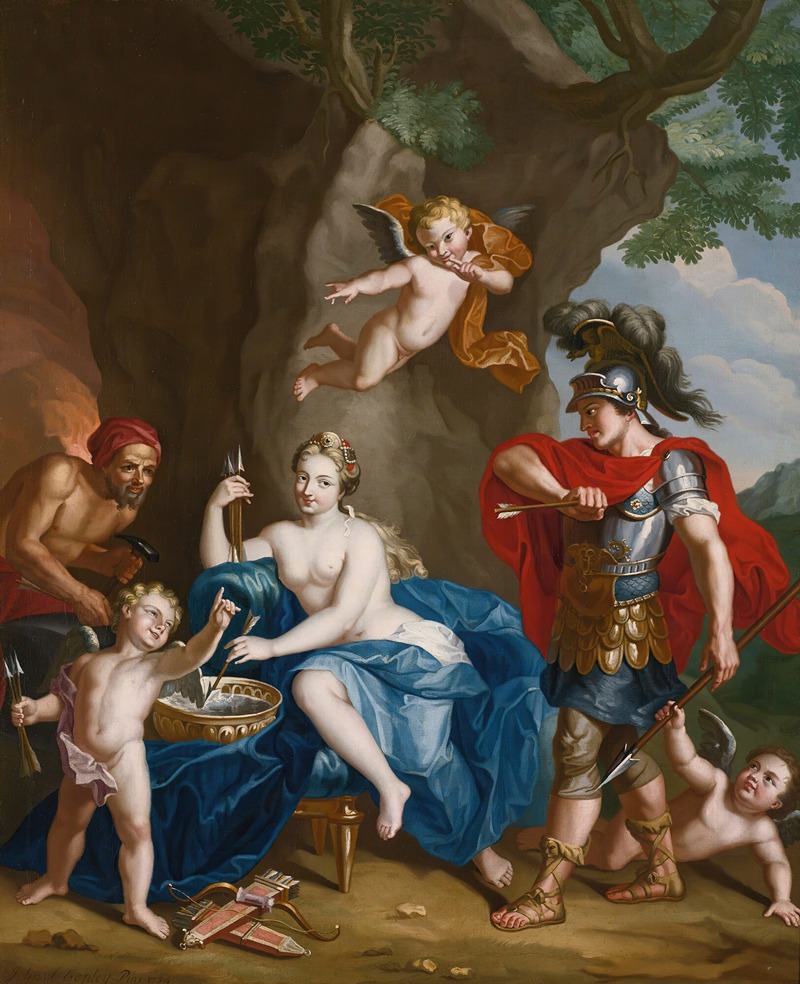
Mars, Venus And Vulcan; The Forge Of Vulcan
A hand-painted replica of John Singleton Copley’s masterpiece Mars, Venus And Vulcan; The Forge Of Vulcan, meticulously crafted by professional artists to capture the true essence of the original. Each piece is created with museum-quality canvas and rare mineral pigments, carefully painted by experienced artists with delicate brushstrokes and rich, layered colors to perfectly recreate the texture of the original artwork. Unlike machine-printed reproductions, this hand-painted version brings the painting to life, infused with the artist’s emotions and skill in every stroke. Whether for personal collection or home decoration, it instantly elevates the artistic atmosphere of any space.
"Mars, Venus and Vulcan; The Forge of Vulcan" is a painting by the renowned American artist John Singleton Copley. Copley, who was born in Boston in 1738, is best known for his portraits of prominent figures in colonial New England. However, after moving to England in 1774, he expanded his repertoire to include historical and mythological subjects, influenced by the European art scene.
This particular painting, "Mars, Venus and Vulcan; The Forge of Vulcan," is an example of Copley's work in the mythological genre. The painting depicts a scene from Roman mythology involving the gods Mars, Venus, and Vulcan. In Roman mythology, Venus is the goddess of love and beauty, Mars is the god of war, and Vulcan is the god of fire and metalworking. The narrative often associated with these figures involves Venus being married to Vulcan but having an affair with Mars. The scene at the forge is a popular subject in art, symbolizing themes of love, betrayal, and craftsmanship.
Copley's depiction of this mythological scene showcases his skill in rendering the human form and his ability to convey complex narratives through visual art. The painting likely includes intricate details of the forge, with Vulcan at work, possibly crafting weapons or armor, which are traditional elements of his iconography. Venus and Mars are typically portrayed in a manner that highlights their divine beauty and strength, respectively.
The painting reflects Copley's adaptation to the tastes and artistic styles prevalent in Europe during his time. While his earlier works were primarily focused on portraiture, his later works, including this painting, demonstrate his engagement with the grand historical and mythological themes that were popular among European artists of the 18th century. This shift also indicates Copley's ambition to establish himself as a history painter, a genre that was highly esteemed in the art academies of Europe.
Copley's move to England and his subsequent exposure to the works of the Old Masters and contemporary European artists had a significant impact on his style and subject matter. "Mars, Venus and Vulcan; The Forge of Vulcan" exemplifies this transition, as it aligns with the neoclassical style that was gaining prominence during this period. Neoclassicism emphasized clarity, order, and balance, drawing inspiration from the art and culture of ancient Greece and Rome.
Unfortunately, specific details about the painting's dimensions, current location, and provenance are not readily available in the public domain. As with many historical artworks, the lack of comprehensive documentation can sometimes obscure the full story of a painting's journey through time.
In summary, "Mars, Venus and Vulcan; The Forge of Vulcan" is a testament to John Singleton Copley's versatility as an artist and his ability to engage with complex mythological themes. The painting highlights his transition from American colonial portraiture to the grand historical and mythological subjects favored in European art, reflecting both his personal artistic growth and the broader cultural exchanges of the 18th century.






